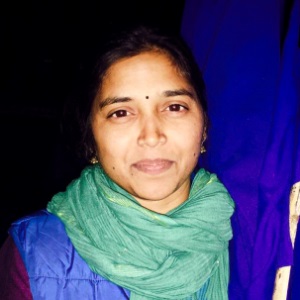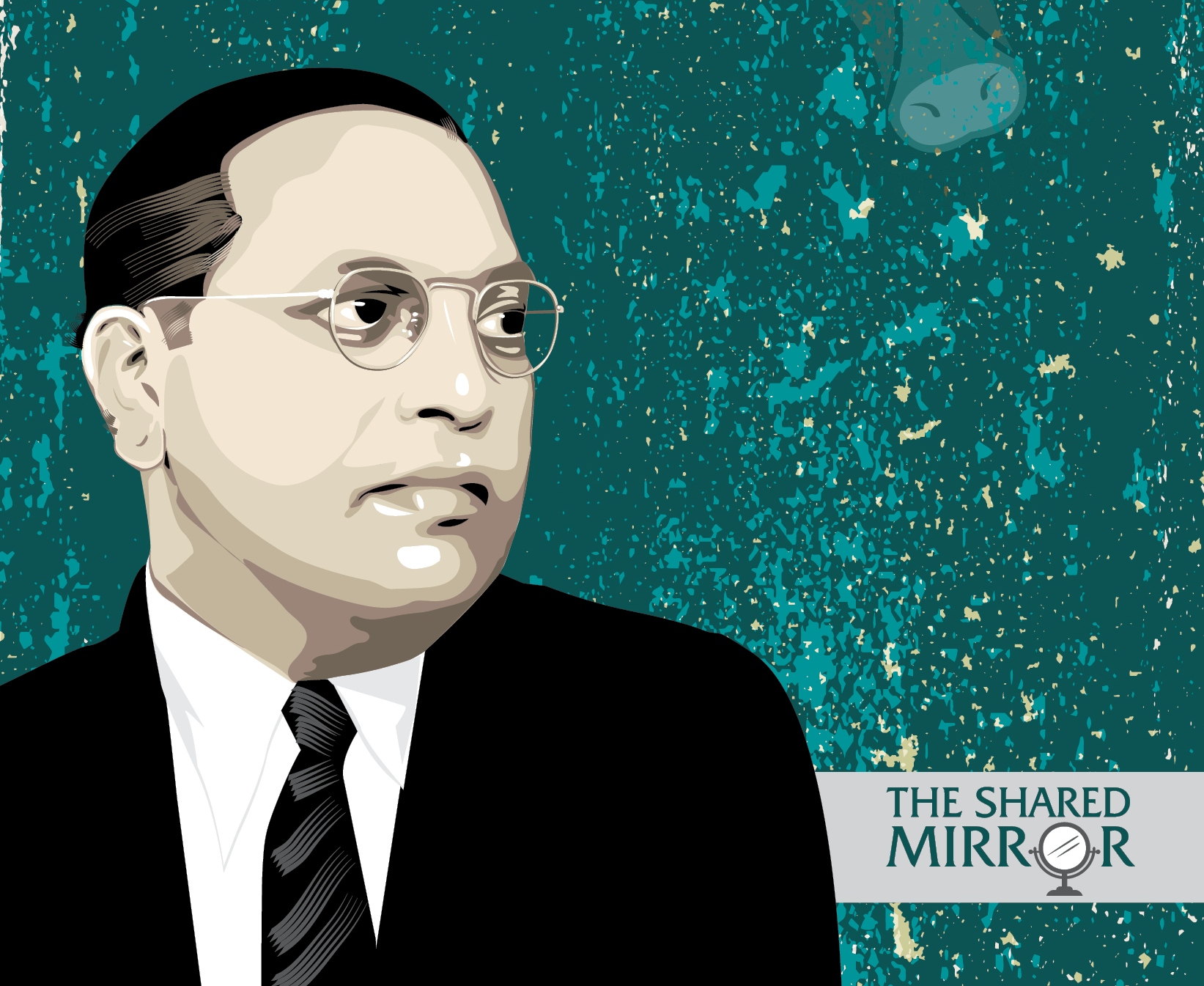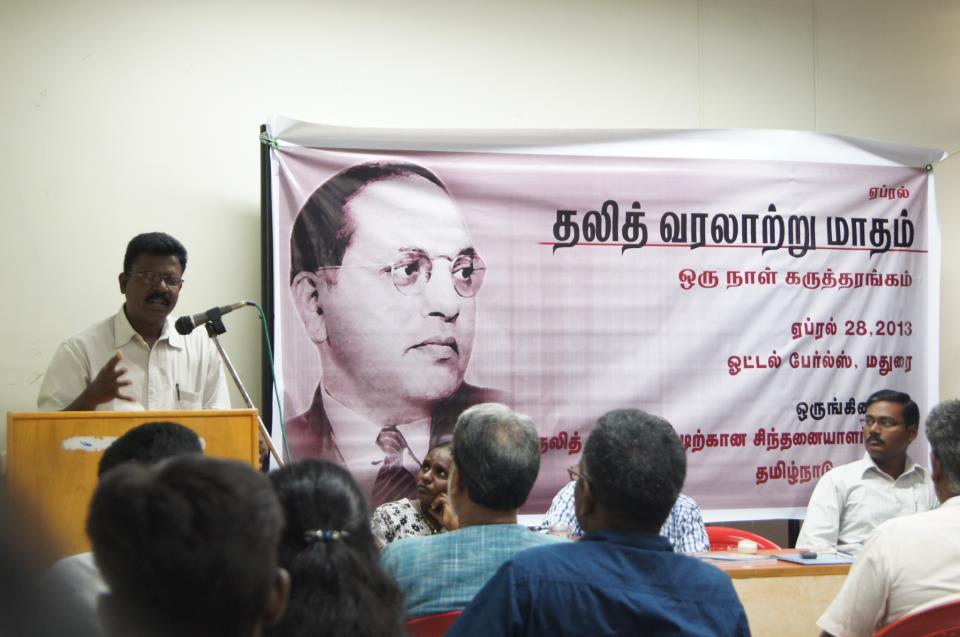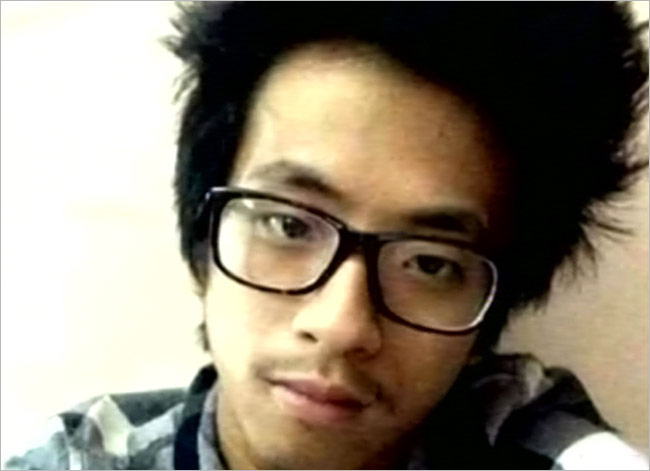D Aruna
 Indian Social Systems are characterized and operated by Caste which marks the graded inequality on a vertical ladder resulting out of the Hindu Social Framework with Brahmins being positioned at Top and Shudras, Untouchables at the bottom. Brahmins enjoyed their dominion over knowledge structure which gave them a superior position in the society, while the ones at the bottom (broadly Dalits) are the most suffered since they did not have access to education. In the post-independence, with the constitutional frameworks being in place Dalits started acquiring Education. Thus their articulations have come into being, at first through prose, poetry and autobiography later emerged into a strong base for what is broadly termed as Dalit Literature
Indian Social Systems are characterized and operated by Caste which marks the graded inequality on a vertical ladder resulting out of the Hindu Social Framework with Brahmins being positioned at Top and Shudras, Untouchables at the bottom. Brahmins enjoyed their dominion over knowledge structure which gave them a superior position in the society, while the ones at the bottom (broadly Dalits) are the most suffered since they did not have access to education. In the post-independence, with the constitutional frameworks being in place Dalits started acquiring Education. Thus their articulations have come into being, at first through prose, poetry and autobiography later emerged into a strong base for what is broadly termed as Dalit Literature
Dalit women being positioned at the bottom of India’s caste and gender hierarchies are the most vulnerable in the socio-economic sphere. In the backdrop of such positioning, the emergence of dalit literature and the contributions of dalit women to it throws into light the untold narratives as well as how dalit women get juxtaposed with non-dalit women. In the context of the autobiographies written by dalit women, Gopal guru has noted. “These Self – Stories are written in a speech that is embodied in them” and would uncover the experiential aspect of Dalit women. Gail Omvedt argues that any culture, after all, rests upon a class society and the dominance of a particular class she also argues that Phule seems to have sensed accurately that as long as there was inequality in the family, there could be no true equality in the society. Arjun Dangle has coined the term ‘differentness’ to understand the larger literary paradigm of Dalit autobiographies.
This paper is an attempt to show how Dalit autobiography transforms an experience of life in the caste society into a narrative of resistance. This is especially important because, as a marginalized community, Dalits have previously been excluded from participating in the mainstream public debates. A large number of autobiographies written by men during the 19 – 20th centuries were occupied with the subject of historical change. Therefore autobiographies as self-narratives are sites where there is an intersection of autobiography and history. The paper explores various narratives of caste and gender exploitation through the narrative sketched by Susheel Takhbahaure through “Shikanje ka Dhard”
SusheelaTakhbhaure is a novelist, poet, dramatist and a widely read writer in Hindi Dalit Literature. Susheela’s most famous writings are Silia, Sangharsh, Toothavaham, Sikanjekadardh, Rang aurvang, Janmadin, Badla, Chowa ma and Mujhejawaabdenahy. Her writings critically brings out about the class 4 employees’ lifestyle. In Silia, she questions the intentions of upper caste people when they used the word “Achoot”. Susheela’s stories registers narrative experience of Dalits and their problems. She also explains the problems of dalits are facing in all the government sectors.
Susheela Takhbhaure’s Autobiography is “Shikanje Ka Dhard” was written in 2011. One of the reasons to select this autobiography is because it gives the historical account of the cultural and social life of the Valmiki community from the time after the independence of India. These memoirs are more a cultural account of the Valmiki community of villages in Madhya Pradesh than a purely personal one. It provides graphic insights into the oppressive system of caste and patriarchy in Indian society. As Vishnu Sarvade and Debendr Chube have noted, Susheela‘s autobiography is different from other dalit women‘s autobiographies in its frank depiction of the nature of patriarchy.
The autobiography of Susheela Takbhaure is an account of a struggling dalit woman who endured a lot of humiliations, sacrifices, many hurdles and waged struggles for the reclamation of human personality and attainment of enlightenment through education. This autobiography presents the narratives of three generations 1) Grand Mother 2) Mother and 3) Susheela Takhbhaure herself. Susheela Takbhaure’s grandmother used to work as a ‘manual scavenger’ and used to rear pigs, while Susheela’s mother is a housewife, who used to take care of the entire family, and also used to rear pigs. In Madhya Pradesh, most of the Valmikis used to rear pigs. The narrative of Susheela’s mother and grandmother presents a tale of protest against caste practices. In one incident, where Susheela’s mother was forced to attend a delivery of a dominant caste lady, Susheela’s grandmother protested against the forceful imposition of this work on her daughter and made her vow that she will never take up such work.
Shikanje ka dard is a painful narrative of a well-educated woman, one who is working as a lecturer in a college. Her story brings out twin-folded exploitation of caste and patriarchy. In her childhood, she was not allowed to sit along with all other students in the class, a differential and discriminatory approach was followed against her, since she was a dalit, She used to receive abuses and beatings from the teacher since she was a dalit, she was called as Susheela Harijan, she was not allowed to play together with her classmates, even touching her was considered a sin. Susheela Takhbhaure also critically engages with the hypocrisy of individuals with “progressive” mindset. An incident during her teenage, where an upper caste man, aged above 40, appealed to marry Susheela, claiming such marriage as a progressive step. However, Susheela’s mother rejected this proposal, because of the severe age gap between them, and the consequences of the marriage. Susheela understands that such a proposal by that forward caste man was only to enslave her.
She then married Sunder lal. Indian Society is ingrained with caste and gender bias. She was abused by her husband, and was treated badly. Despite such prevalence of twin exploitation she endured all the struggles and went on to join as a ward assistant in a hospital near Nagpur and also finished her B.Ed. After the successful completion of B.Ed, she joined a school as a teacher, where her husband was also a teacher. In 1986, she finished her Post-Graduation from Nagpur University and later completed her PhD. Her thesis/ dissertation was titled “Agey ke Katha Saahity Mein Naari”. Later she joined as a Hindi lecturer at Kesarimal College, Nagpur. Even during her tenure as a lecturer, being a public servant, having authored many books, she had to undergo discrimination amongst peers at the college. She was viewed as an untouchable despite her commendable academic achievements. The mainstream feminists have also been exposed through her autobiography as it is juxtaposed to the autobiographies of forward caste woman. It brings out the view that, Dalit woman are exploited not just by men, but also by a woman belonging to forward castes. Susheela asserts such a stance in comparison with the autobiography written by Prabha Ketan.
This study is an attempt to look at Susheela Takhbhaure’s autobiography “Shinkanje ka Dard” to analyze universal problems of Dalit women and their writings with the mainstream literature. Susheela’s work is not an individual act but is collective in nature, she writes about what her community experienced. The dimensions of caste and gender and the violence endured through humiliation and exploitation on Susheel Takhbhaure are visible in the entire narration of her autobiography. It is a story of an uncompromising dalit woman challenging all odds to break away from caste and gender exploitation.
~~~
D Aruna is a PhD scholar at Jamia Milia Islamia University, Delhi.










